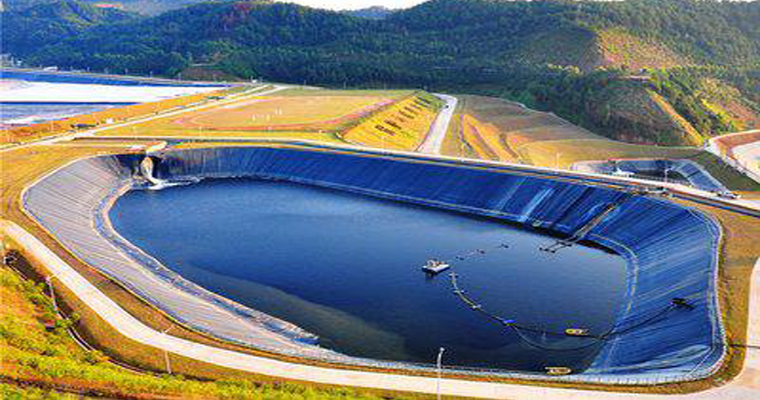
The exact age of the application of geomembrane to thousands of geotechnical buildings has been difficult to verify. According to C. E. Staff's speculation, around the end of the 1930s or 1940s, polyvinyl chloride film was first used for anti-seepage in swimming pools (Staff, 1984). The application of a large number of plastic anti-seepage films began thousands of irrigation projects. The U.S. Bureau of Reclamation first applied polyethylene film to channels in 1953, and began to use polyvinyl chloride in 1957. The former Soviet Union has a long history of using low-density polyethylene in channels. The application of plastic film for seepage prevention was later developed into sluices, earth-rock dams and other buildings. In 1959, the Coutrada Sobeta rockfill dam in Italy used polyisobutylene synthetic rubber film. The Dobsina rockfill dam in the Czech Republic in 1960 used polyvinyl chloride film (Gu Yuchen, 1987). In 1984, the stone masonry dam of Poza de Los Ramos in Spain had an initial height of 97m and later increased to 134m. A polyvinyl chloride film was placed on the upstream surface of the dam to prevent seepage. These projects are precedents for the use of impermeable membranes in earth-rock dams.

Earth-rock dams are water-retaining structures formed by filling and rolling loose granular earth-rock materials, which can be divided into earth dams and rock-fill dams according to the different materials used in the dam body. After an earth-rock dam is impounded, seepage will generally form in the dam body and foundation, so seepage control is very important for earth-rock dams. As an anti-seepage material, GeoGro's geomembrane is the most widely used in earth-rock dam engineering, and it is suitable for the anti-seepage treatment of various types of earth-rock dams that can empty the reservoir.

Emphasizing that GeoGro's geomembrane must have a certain thickness is based on the following considerations: ①Ensure that it has good impermeability and air permeability; ②It has the ability to resist damage, for example, for I-IDPE membranes, the scratches are as deep as 25% of the full thickness. The yield strength may be reduced by 25%, and the failure strain may even be reduced by 7% to 14%; ③It is convenient for welding. The required thickness of the geomembrane should be calculated based on the amount of deformation caused by settlement and other reasons, but also factors such as construction conditions and accidental loads should be considered. Usually the thickness should be ≥O. 5 rffln, and the uneven thickness should not exceed ±10%.